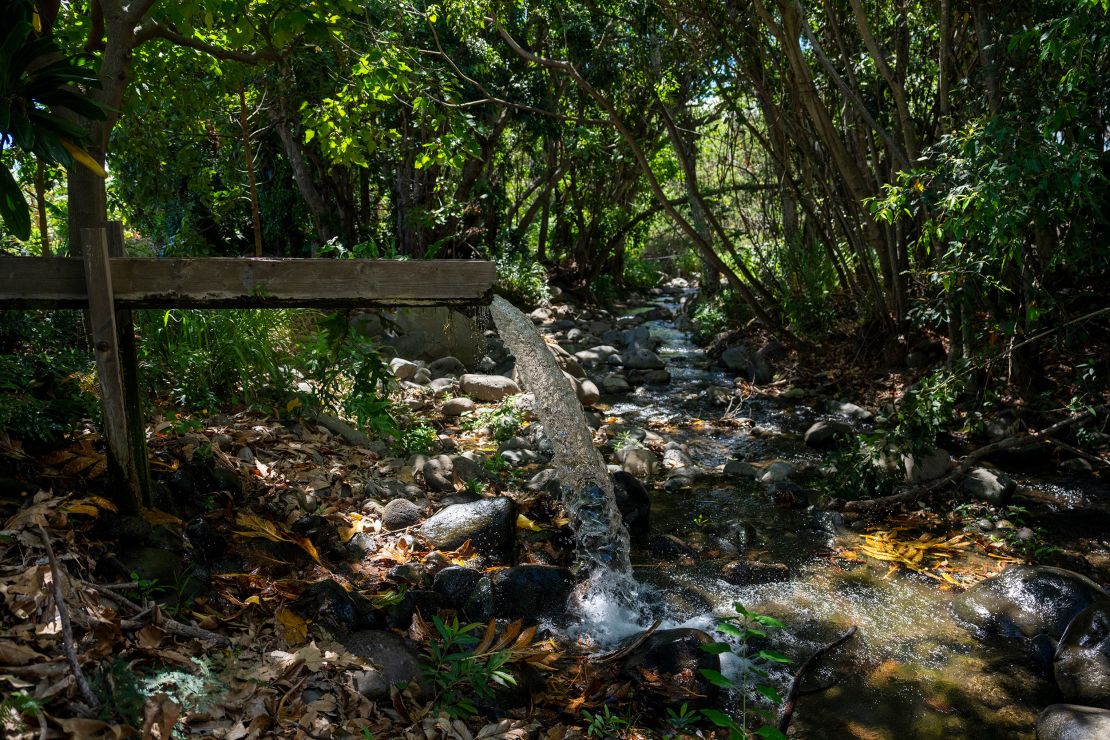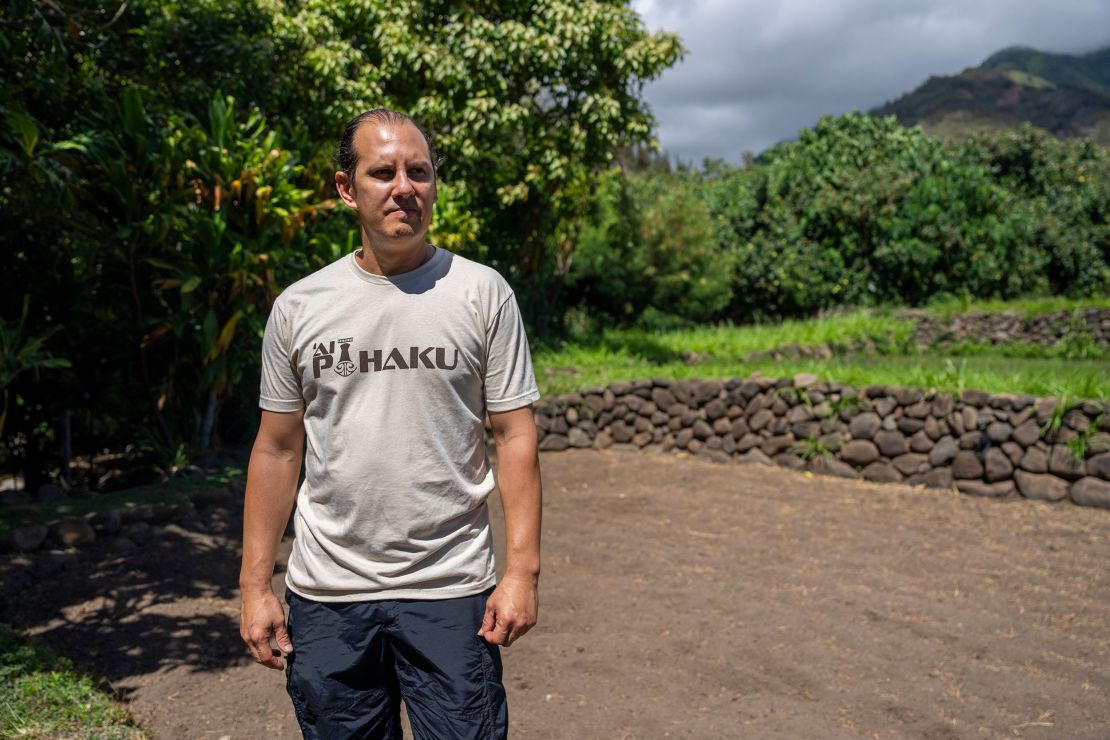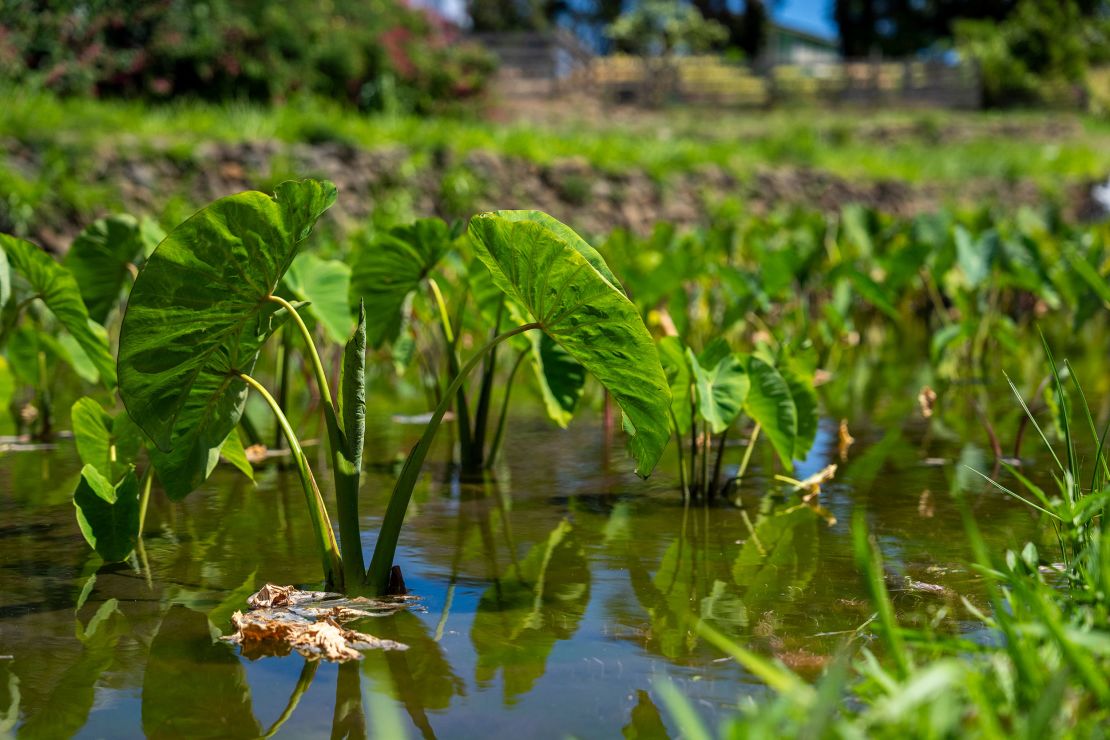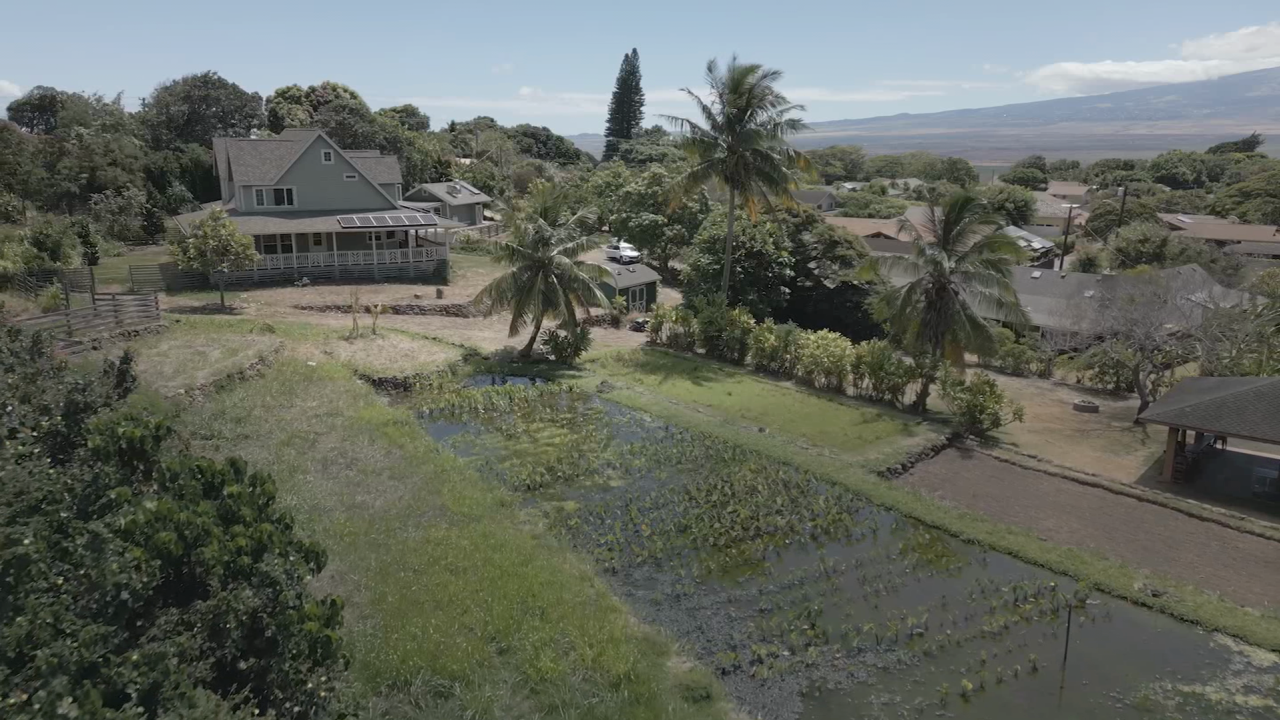On a Hawaiian tourist brochure, fire and water are selling points for a volcanic paradise where lava flows and waterfalls mist.
But with hundreds still unaccounted for in the cremated heart of Lahaina and so much worry about when and how to rebuild, the wildfires on Maui have also reignited an age-old fight over fresh water and who gets it.
“There has been a great deal of water conflict on Maui for many years,” Hawaii Gov. Josh Green said in one of his first appearances after the blaze. “It’s important that we’re honest about this. People have been fighting against the release of water to fight fires. I’II leave that to you to explore.”
The statement outraged advocates for nature and cultural conservation, especially since it came on the heels of a written request by the powerful West Maui Land Company to suspend and amend Lahaina’s hard-fought water rights.
With an emergency declaration, Green granted the request and told The New York Times “we tipped too far” toward water rights for nature and natives.
“To take that away from them is just like colonization repeating itself all over again,” Hokuao Pellegrino told CNN. “It’s disaster capitalism at its finest.”

As a seventh generation Native Hawaiian farmer, educator and president of the water nonprofit Hui O Na Wai Eha, Pellegrino spent more than a decade in Hawaiian courts fighting to put water back in Maui’s streams. Standing alongside a rushing canal on his family farm in Wailuku, just over the West Maui Mountains from Lahaina, he ticked off all the ways the ecosystem was healing, from taro to ocean fish.
“Because fresh water feeds those near-shore fisheries and grows the seaweed needed by our small fish and turtles, that’s all coming back now that the waters are flowing to the ocean,” he said.
Once known as the “Venice of the Pacific,” Lahaina was renowned for its elaborate fishponds and terraced fields of kalo – the ancestral taro plants carried across the Pacific in the very first canoes. But in the late 1800s, colonial sugar cane owners dramatically altered the land and its people by diverting enough water from mountain streams to dry up native Hawaiian farms and ecosystems.
Even after the US officially apologized in 1993 for illegally seizing the Hawaiian Kingdom and tourism replaced sugar as the dominant industry on Maui, it would take another generation of legal fights for traditional farmers and nature conservation groups to secure enough flow to revive the old landscapes. After watching Pellegrino and his Wailuku community litigate their streams back to life, locals around Lahaina followed suit. “It’s kind of like ‘Field of Dreams,’” he said. “You build it, then they’ll come. You restore the water and families are going back to their ancestral land.”

But then came the epic fire of August 8 and a written complaint from West Maui Land Company executive Glenn Tremble insinuating firefighting efforts were hampered because a single Hawaiian taro farmer couldn’t be reached for permission to divert extra water to a private reservoir. Tremble did not return calls for comment this weekend.
Maui County, not the developer, operates the water system used by firefighters, and while their hoses lost pressure against the 1,000° blaze, county officials blame melted pipes and powerless pumps while winds were too strong to drop water from helicopters, making reservoir levels moot.
“In this particular case it absolutely would not have made any difference,” Pellegrino said of the reservoir request. “To even insinuate that that could have made any difference is just a complete farce.”

Like many around Maui, he is frustrated with the official response to the disaster but with enduring aloha, Pellegrino and his family spent Sunday cooking their homegrown kalo to make poi for President Joe Biden’s welcome lunch.
What would he say to the president given the chance? “Let the people of Lahaina lead this restoration of their community – Native Hawaiians and locals,” he said. “Let them be there at the table to help make some of these very important decisions which will affect the next seven generations.”





